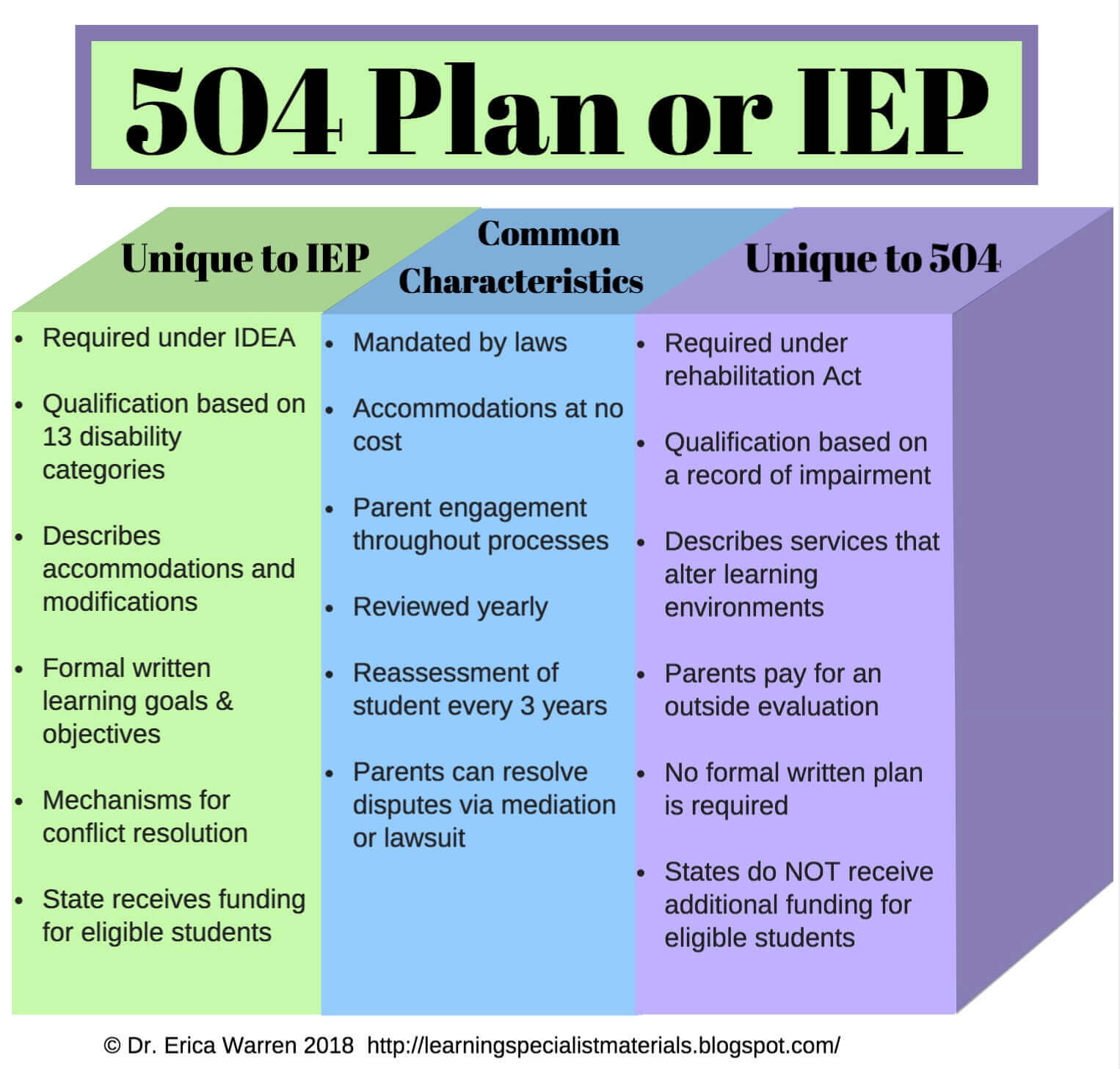

When you sign the IEP, it does not mean you agree with it. Necessary accommodations in the general education classroom.Assistive technology devices or s ervices required in order to receive FAPE.Communication needs as outlined in the communication plan.Language needs as related to the IEP as outlined in the communication plan.Supports and strategies for behavior management, if behavior interferes with her learning or the learning of others.These special factors will be considered and addressed in the IEP, depending on your child’s needs: Necessary transition services (age 16 or the first IEP that will be in effect when the child turns 16).When services will begin, where and how often they’ll be provided, and how long they’ll last.The extent, if any, to which your child will not participate with nondisabled kids in the regular class and other school activities.In addition to the above, the following are part of the IEP: For most kids, the general education classroom will be the preferred setting, but a range of options is available, including special day classes. The services your child needs to reach the goals and objectives and how they’ll be delivered are identified. Special education is a set of services, rather than a specific place for your child to go. So the IEP team considers the way - to the maximum extent appropriate for both - to educate your child alongside kids without a disability.
Iep writer vs free#
The school district is obligated to provide a free appropriate public education (FAPE) in the least restrictive environment (LRE).
Iep writer vs how to#
Once the IEP is written, the team has to decide how to put it into action. This document drives the development of the IEP. The plan should be discussed at the IEP meeting so that the team can consider the appropriate communication and language needs of the student. This should be completed prior to the IEP meeting. The communication plan helps to gather all data to guide the IEP team discussion on supports and services needed in the areas of language, communication, reading, assistive technology, listening and more. In Florida, another required component of the IEP for students who are Deaf or hard of hearing is the Communication Plan.

A special education teacher who has training and experience in educating children with disabilities and in working with other educators to plan accommodations.General education teacher(s) who can share information about classroom expectations and your child’s performance.You, the parents, who have the most information about your child’s strengths and needs.The members of the multidisciplinary team who write your child’s IEP include:


 0 kommentar(er)
0 kommentar(er)
